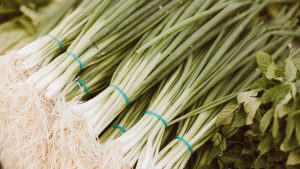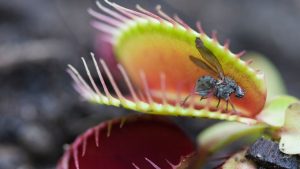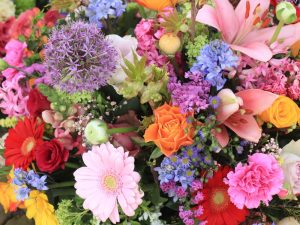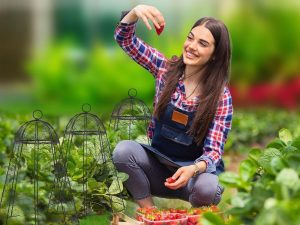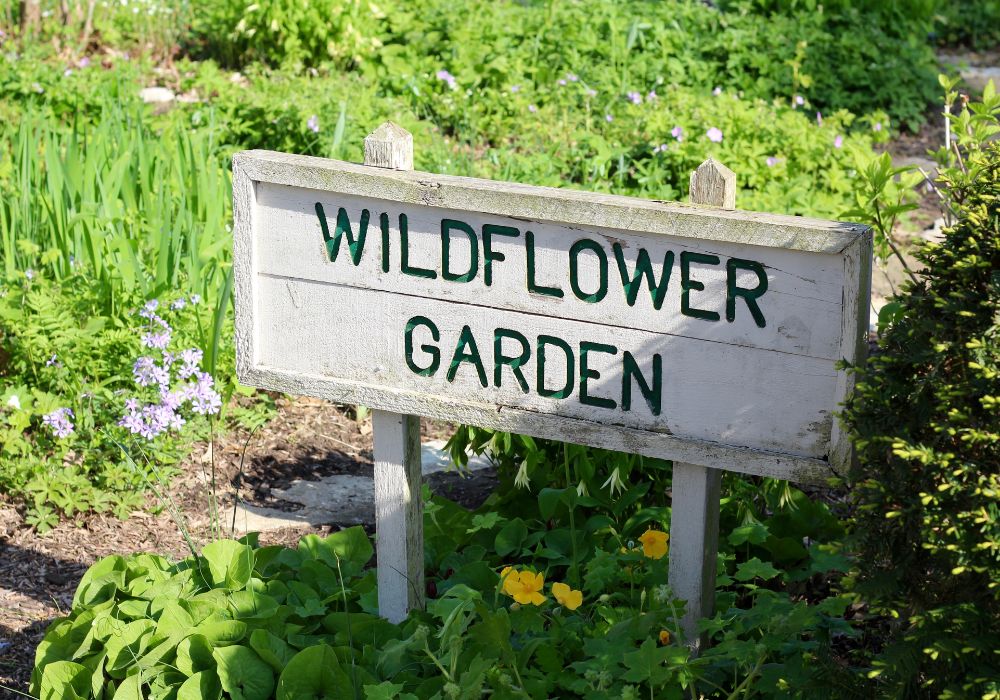
Adopting wildflower beauty in your yard not only improves its appearance but also supports nearby ecology. Thriving with little maintenance and offering a seasonal explosion of color, wildflowers are the unsung heroes of plant life.
This guide will go over several wildflower species ideal for enhancing the natural beauty of your yard. Including these native treasures will help your small backyard or large lawn become a dynamic habitat for pollinators and a quiet haven for you.
Understanding Wildflowers
Contents
Plants classified as wildflowers grow naturally without human deliberate seeding or planting. Native species have evolved over time to fit their natural environment and thrive without human agricultural or landscaping intervention.
Often strong and resilient, these plants can survive local temperature conditions and fight pests and diseases organically. Usually found in their natural habitats, wildflowers are very important for preserving ecological equilibrium and adding to the biodiversity of their surroundings.
Benefits of Planting Wildflowers
Including wildflowers in your garden is not only about creating great visual appeal but also about taking a step towards building a strong, self-sustaining ecosystem. Let’s explore how these native blooms might change your gardening experience so that it is both ecologically responsible and fulfilling.
Ease of Care
The low maintenance of wildflowers is among the most convincing arguments for embracing them. Designed over millennia to survive in particular local conditions, these plants need little help to flourish. They don’t require regular watering, fertilizing, or pesticide treatments unlike some high-maintenance garden varieties.
Once wildflowers establish themselves, they are surprisingly strong and flourish on the nutrients already in your soil and natural rainfall. For those who want a more natural garden environment and for gardeners trying to lighten their responsibilities, these make perfect candidates.
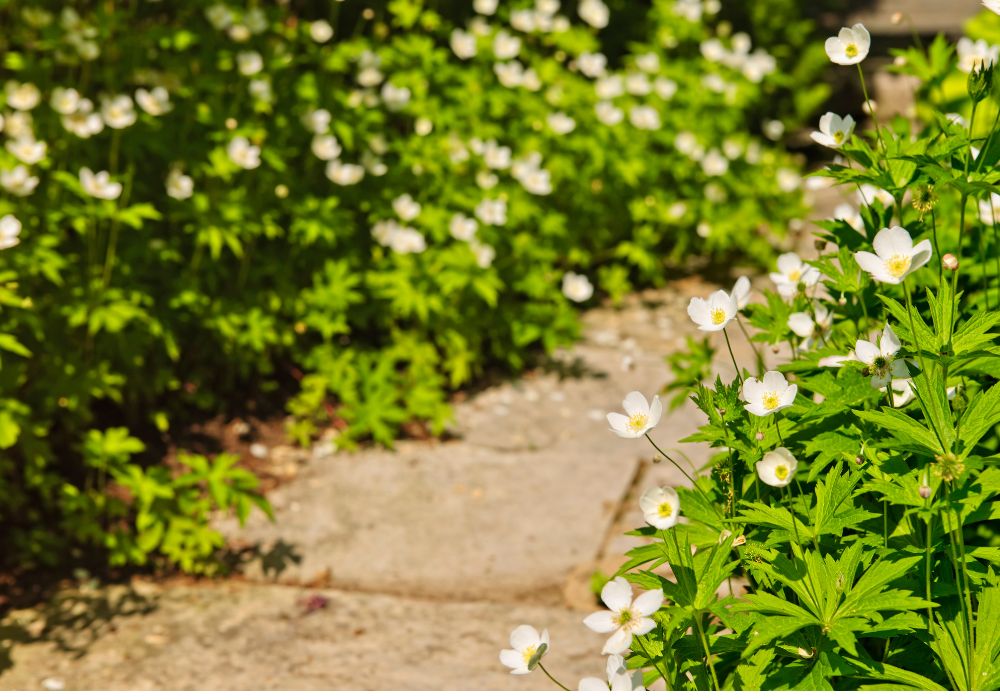
Boosting Local Biodiversity
Including native wildflowers in your yard serves purposes beyond just adding color. Supporting a good balance of species, these plants are essential in the local ecology. Planting wildflowers gives many insects, birds, and small mammals necessary homes.
From their leaves and blossoms to their roots and seeds, the varied structure of wildflower plants provides different resources for wildlife, so promoting a rich community right in your garden. Ecological resilience depends on this biodiversity, which also helps to stabilize the nearby surroundings and control problems including bug populations.
Attracting Pollinators
One of the most important functions of wildflowers is probably their capacity to draw and support pollinators. Many wildflower species have evolved especially to draw native bees, butterflies, hummingbirds, and other pollinating insects with their nectar-rich flowers.
These pollinators benefit not only the individual flowers but also increase the output of your whole garden. Many plants depend on pollinators for their fruiting and reproduction; hence, they guarantee a good supply of seeds, vegetables, and fruits. Moreover, helping pollinator numbers is essential at a period when many species suffer environmental hazards.
Environmental Impact
Choosing to plant wildflowers also means making a green decision. You cut the need for synthetic irrigation and chemical treatments by encouraging plants to fit for your local soil conditions and temperature.
In addition to saving water, this stops fertilizers and pesticides from leaching into nearby streams, safeguarding aquatic life and water quality. Moreover, by encouraging its microbial diversity and stopping erosion with its root systems, wildflowers can enhance the condition of the soil.
All things considered, including wildflowers in your garden is about far more than decoration. It’s about choosing deliberately to help the natural world flourish. These low-maintenance plants improve the biodiversity of your area, draw necessary pollinators, and help the nearby surroundings. Every wildflower placed advances a more ecologically conscious and sustainable gardening technique.
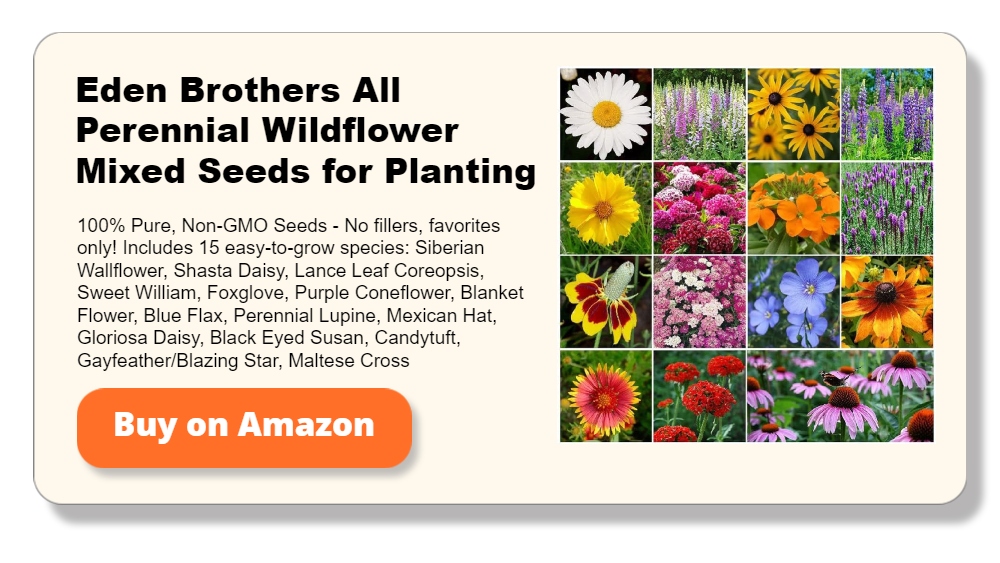
Choosing the Right Wildflower Varieties
Choosing the right plants for your garden is crucial for ensuring growth and sustainability. This selection process involves understanding the specific needs of your local climate and soil conditions.
Here’s a structured approach to picking the right varieties to thrive in your garden setting.
Assessing Climate and Soil Conditions
Before planting, take the time to evaluate the climate zone and soil type of your garden. Plants that are native to your area will naturally perform better, as they’re adapted to withstand the local weather and soil conditions. Consider factors like winter hardiness, summer heat tolerance, and rainfall averages in your selection process.
Sunlight Requirements
Understanding the sunlight requirements of different plants is essential. Some thrive in full sun, producing abundant blooms when exposed to direct sunlight for most of the day. Others may prefer partial shade, especially in hotter climates, to protect them from scorching midday heat. Matching plants to your garden’s light conditions will ensure they not only survive but flourish.

Regional Recommendations
It’s beneficial to consult regional planting guides or local horticultural societies for recommendations on which species suit your area best. For instance, plants that thrive in the moist, cooler conditions of the Pacific Northwest may struggle in the arid Southwest. Each region has its stars that not only grow well but also support local wildlife effectively.
Considering Flowering Time
Choose plants with varying flowering times to maintain visual interest throughout the growing season. This strategy ensures that you have continuous color and foliage in your garden from spring through fall. It also provides ongoing support for local pollinators.
By carefully selecting the right types of plants for your garden, you can create a vibrant, thriving, and sustainable space that requires less maintenance and offers more environmental benefits. This thoughtful gardening approach enhances the beauty and ecological balance of your outdoor sanctuary.
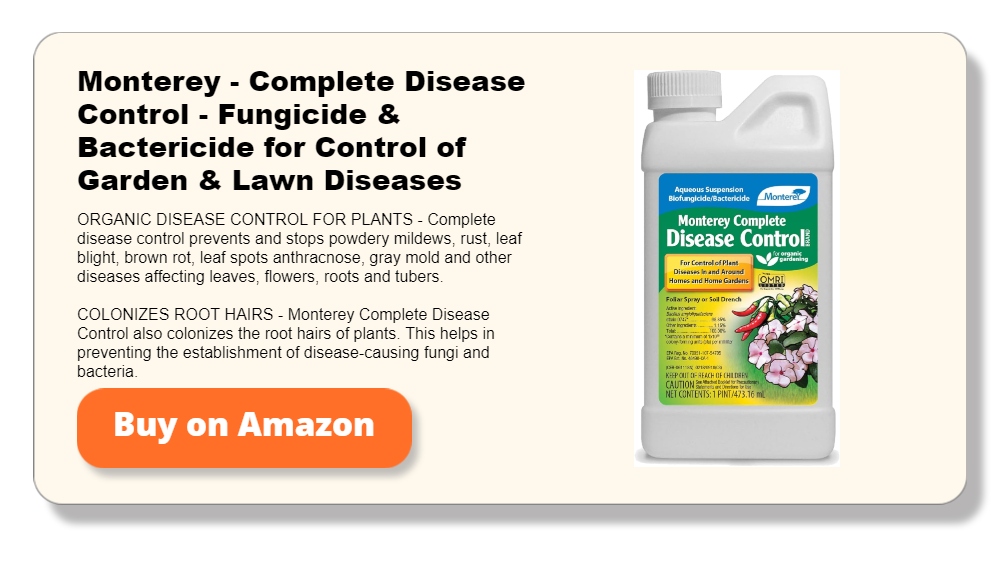
Preparation and Planting
Arranging your garden for planting calls both meticulous planning and execution. The right preparation will greatly raise your chances of success whether your design goal is more ordered or wild. Here’s how to make sure your garden starts off as best it could and guarantee that your plants survive.
Soil Preparation
Any active garden starts with good soil. First, test your soil to determine its type and nutrient content. This will enable you to decide whether to change the pH to suit the kinds of plants you want to raise or whether to add organic matter like compost to your soil.
Eliminate weeds and gently till the ground to prevent too great a disturbance of the natural structure and microbiome. If you deal with compacted soil, aeration might be required to let air, water, and nutrients more readily pass through.
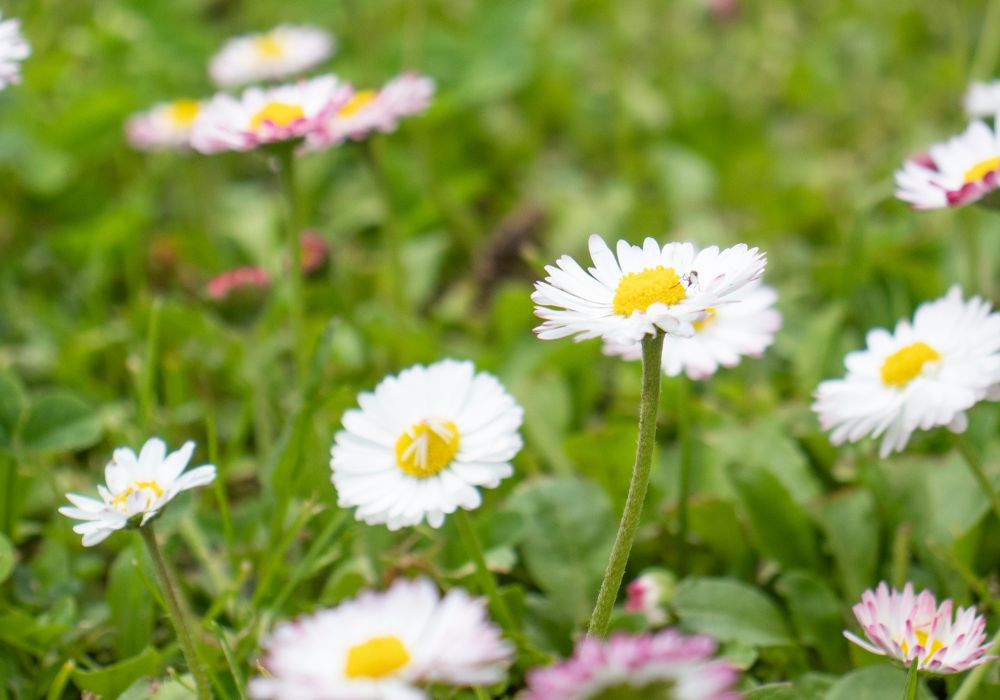
Choosing the Right Seeding Method
Row planting and broadcasting are the two main ways seeds are sown. For a naturalistic appearance, broadcasting is best since it distributes seeds fairly over a ready-made space. For big areas, this simple and efficient approach is
Row planting, on the other hand, can be helpful for maintenance and harvesting, especially if you are building a vegetable or herb garden. It entails sowing seeds in particular lines or patterns. Select the best technique for your tastes in garden design and upkeep.
Optimal Planting Times
Planting requires absolutely critical timing. While some plants can be grown in the fall if they require a cold period to germinate, most plants want to be sown after the risk of frost has passed in spring. To find the ideal times to plant so that your plants have the best possibility of flourishing, consult planting guides for your particular climate zone.
Watering Strategies
The success of your garden depends on the right watering. Right after planting, start with careful watering to guarantee the ground around the roots is well-saturated. This first deep watering helps create a strong basis for the plant by encouraging the roots to grow down, looking for moisture.
Change your watering plan depending on the moisture content of your soil and the current weather as your garden develops. At a depth of roughly one inch, use your finger to feel the moisture in the soil; if it seems dry, it is time to water. Watch overwatering; soggy soil can cause root rot and other detrimental effects.
Covering your plants with organic mulch will help retain soil moisture, lower water evaporation, and cut the required watering frequency. Mulch also keeps the ground temperature consistent, enhancing the plants’ condition.
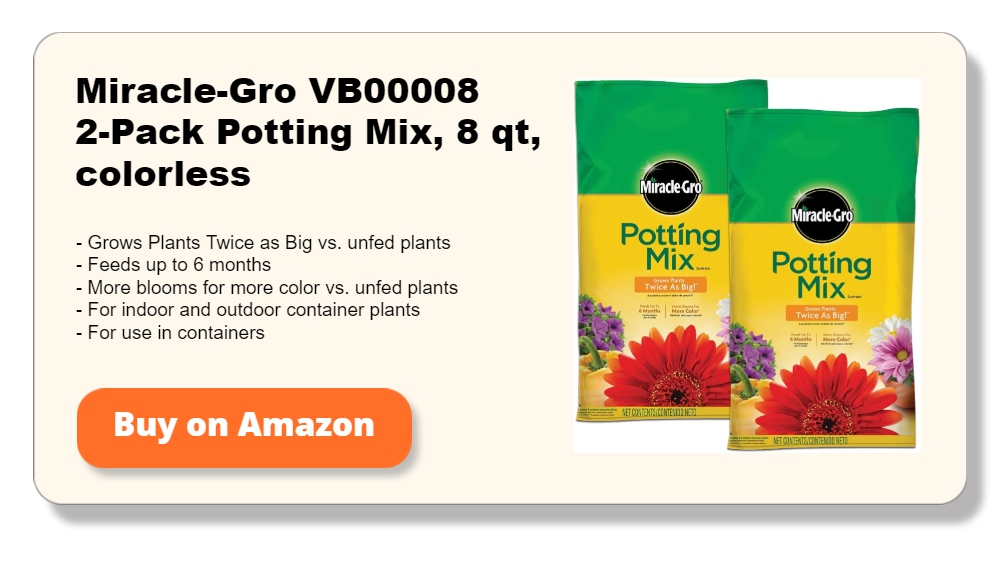
Managing Weeds and Pests
Early detection and control of weeds and pests depend on regular visits to your garden, which can rapidly turn into more major issues if neglected. One direct and efficient approach to control population without using chemicals is hand-picking pests.
Applying a thick layer of organic mulch can help to stifle the growth of weeds by blocking light; meanwhile, barriers like landscape fabric can help to guard more sensitive areas. Eliminating weeds before they have an opportunity to seed will help to drastically lessen future outbreaks. Including these eco-friendly techniques not only keeps your garden in good shape but also helps to preserve its natural balance, so supporting a biodiverse ecosystem.
Seasonal Care
Gardens are living entities that call for different kinds of maintenance all year long. Pruning any dead or damaged branches will help to promote fresh development and preserve plant health in early spring. Refreshing the mulch at this time also helps retain moisture for the approaching warmer months and help stop early weed development.
Watch the nutrient contents of your soil during the growing season. Should plants seem slow or discoloured, a top-up using organic fertilizer will offer a much-needed boost. Remove spent annuals and cover delicate perennials with mulch or burlap to guard against frost as autumn arrives, so preparing your garden for the colder months.
This is also a perfect moment to make changes or enhancements, such redesigning plant layouts or adding new species that would bloom the next year. These actions help you make sure your garden is ready for success in the next season as well as for the present one.
Carefully tending to your garden will help you to produce a rich, vivid outside environment that is both aesthetically pleasing and sustainable. Good preparation not only improves the first growth and development of your plants but also creates conditions for their long-term survival and output.
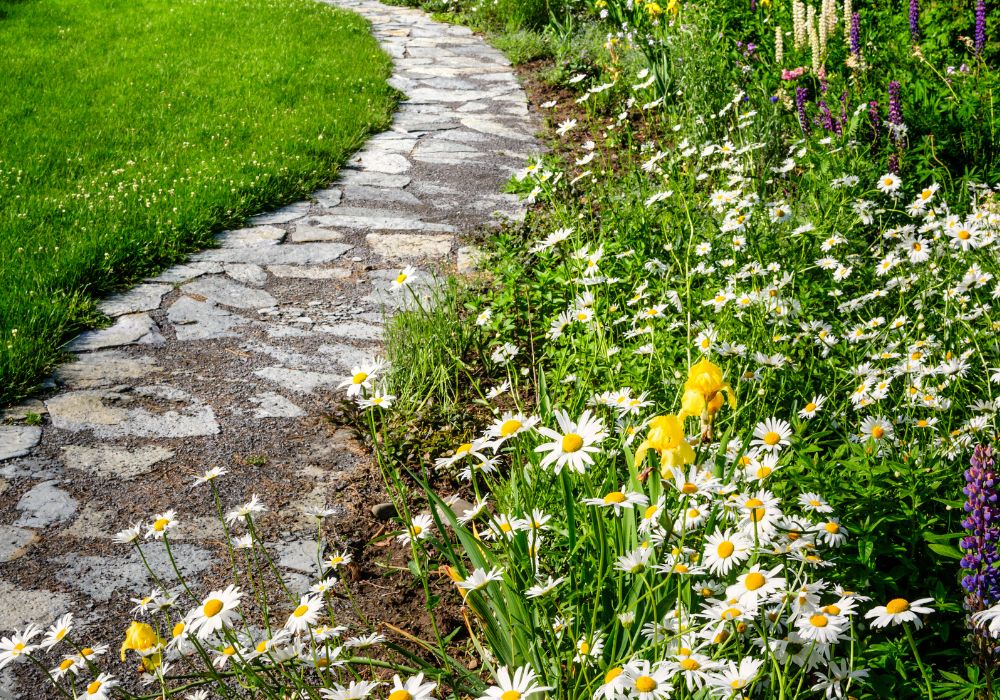
Design Tips for a Stunning Wildflower Garden
Designing a garden that features native plants can transform your outdoor space into a vibrant tapestry of colors and textures. Thoughtful design not only enhances the visual appeal of your garden but also ensures it integrates seamlessly with the natural landscape. Here’s how you can use design principles to create a stunning garden that is both beautiful and beneficial to local wildlife.
Creating Color Palettes
Choosing a color palette is the first step in garden design. Opt for colors that complement each other and your existing landscape. You can create a harmonious look by using colors that are next to each other on the color wheel, like blues, purples, and greens, or add vibrancy with contrasting colors, such as yellow and purple.
Consider the bloom time of each plant to ensure a continuous display of colors throughout the seasons. By planning your color palette, you set the tone and mood of your garden, from tranquil and cool to vibrant and energetic.
Utilizing Textures and Heights
Texture adds depth and interest to your garden. Mix fine-textured plants like ferns with coarser-textured varieties such as coneflowers to create a dynamic look. Consider the heights of plants as well; layering plants of different heights helps create a natural, less structured appearance.
Start with taller species in the back and graduate to shorter ones in the front, allowing each plant to be visible and appreciated. This tiered approach not only enhances the garden’s visual appeal but also mimics natural ecosystems, providing varied habitats for wildlife.
Incorporating Pathways and Focal Points
Pathways not only add functionality to your garden, allowing easy access for maintenance and enjoyment, but they also guide visitors through the landscape, creating a journey of discovery. Use natural materials like stone or wood chips to blend the pathways with the garden’s overall theme. Add focal points — such as a bench, sculpture, or a uniquely shaped tree — to draw the eye and encourage visitors to pause and enjoy specific views. These elements give your garden structure and ensure that it is engaging.
Choosing Companion Plants
Selecting the right companion plants can enhance the growth and health of your garden. Companion planting can help in pest control, improve pollination, and utilize space efficiently. For example, planting nectar-rich flowers attracts beneficial insects that help control pests. Tall plants can provide shade for shade-loving species, reducing their stress during hot weather. This thoughtful selection of companions can lead to a healthier, more resilient garden.
Encouraging Wildlife
A garden designed with wildlife in mind benefits the environment and provides a more dynamic and interesting space. Include plants that produce berries, seeds, and nectar to attract a variety of birds, insects, and other wildlife. Features like water sources, such as birdbaths or small ponds, and shelters, like logs or rock piles, can make your garden a haven for these visitors.
Seasonal Considerations
Plan for how the garden will look across different seasons. Select plants with visual interest in various seasons, such as spring blooms, summer fruits, fall foliage, and winter textures. This approach ensures that your garden remains attractive and functional year-round, providing ongoing interest and ecological benefits.
By incorporating these design tips, you can create a garden that is not only stunning but also a lively part of the local ecosystem. This thoughtful approach to gardening invites a connection with nature, offering daily delights and surprises as the seasons change.
Common Challenges and Solutions
Even the most well-planned wildflower gardens can face challenges. Understanding these potential issues and addressing them effectively can ensure your garden remains healthy and vibrant. Here are some common challenges and their solutions:
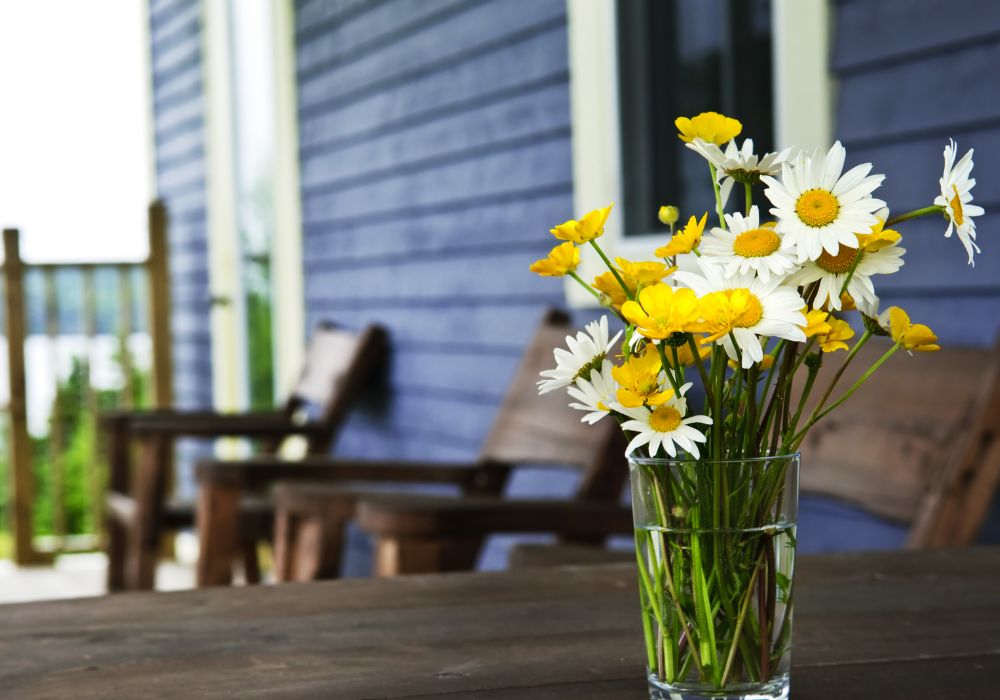
Dealing with Pests and Diseases
Pests and diseases can significantly impact the health of wildflowers. Common pests include aphids and whiteflies, while fungal diseases like powdery mildew may also pose threats.
- Solution: Implement integrated pest management (IPM) strategies such as encouraging beneficial insects that naturally control pest populations. For diseases, ensure good air circulation by not overcrowding plants and by pruning any dead or diseased foliage promptly. Using organic fungicides can also help manage outbreaks without harming the environment.
Poor Soil Conditions
Wildflowers thrive best in their native soil conditions, but sometimes the existing soil may not be ideal. Compacted soil, poor drainage, or nutrient-deficient ground can hinder growth.
- Solution: Amend the soil based on test results. Adding organic matter like compost can improve soil structure and fertility. For drainage issues, consider raising garden beds or incorporating sand or organic material to enhance water movement through the soil.
Overcrowding
As wildflowers grow and mature, they may start to compete with each other for space, light, and nutrients, leading to overcrowding.
- Solution: Regularly thinning your wildflowers can help maintain healthy spacing and air circulation. This also gives each plant enough room to grow, which reduces the risk of disease and increases bloom production. Periodic division of perennial wildflowers can rejuvenate older clusters and provide additional plants to expand your garden or share with others.
By anticipating these challenges and preparing solutions, you can maintain a thriving and beautiful wildflower garden that enhances your landscape and supports local ecosystems.
Conclusion
Growing wildflowers in your garden enriches the biodiversity of the area and provides a stunning, low-maintenance backdrop for year-round enjoyment. These native beauties attract pollinators, enhancing the health and productivity of your entire garden. Embracing wildflowers allows you to create a vibrant, sustainable habitat that benefits both the local wildlife and your own outdoor experience.

